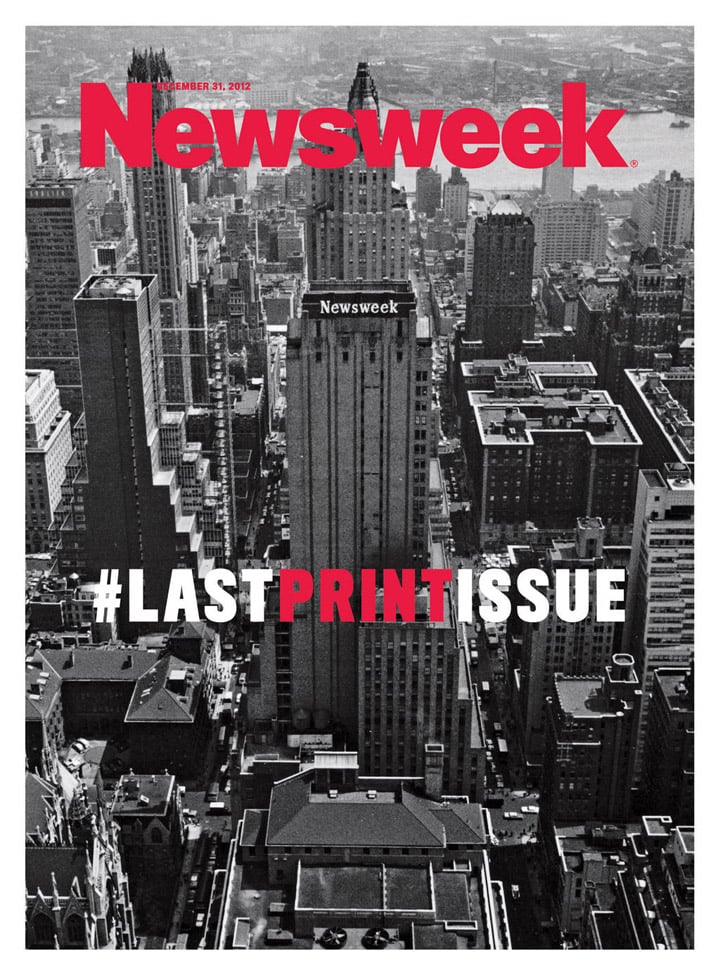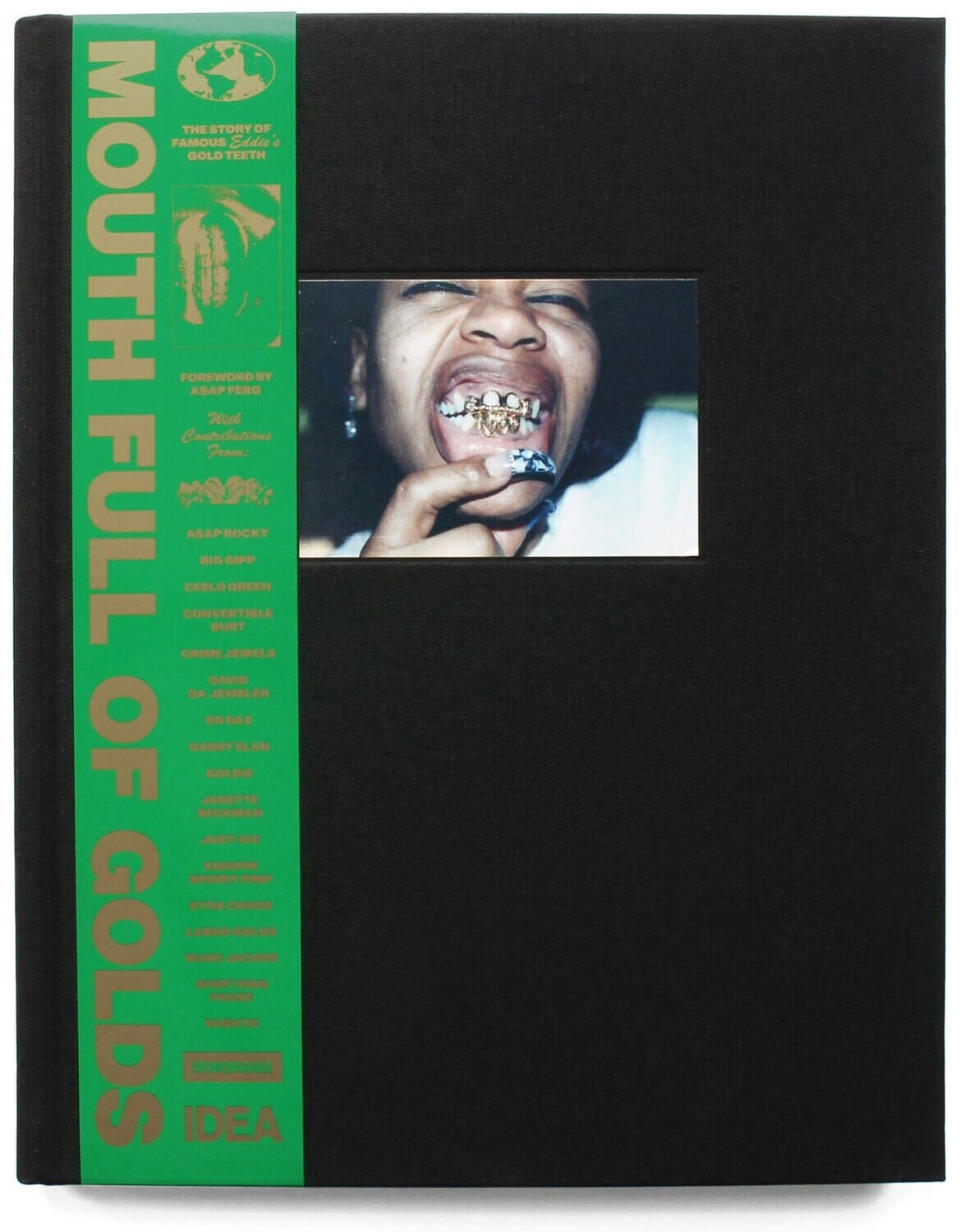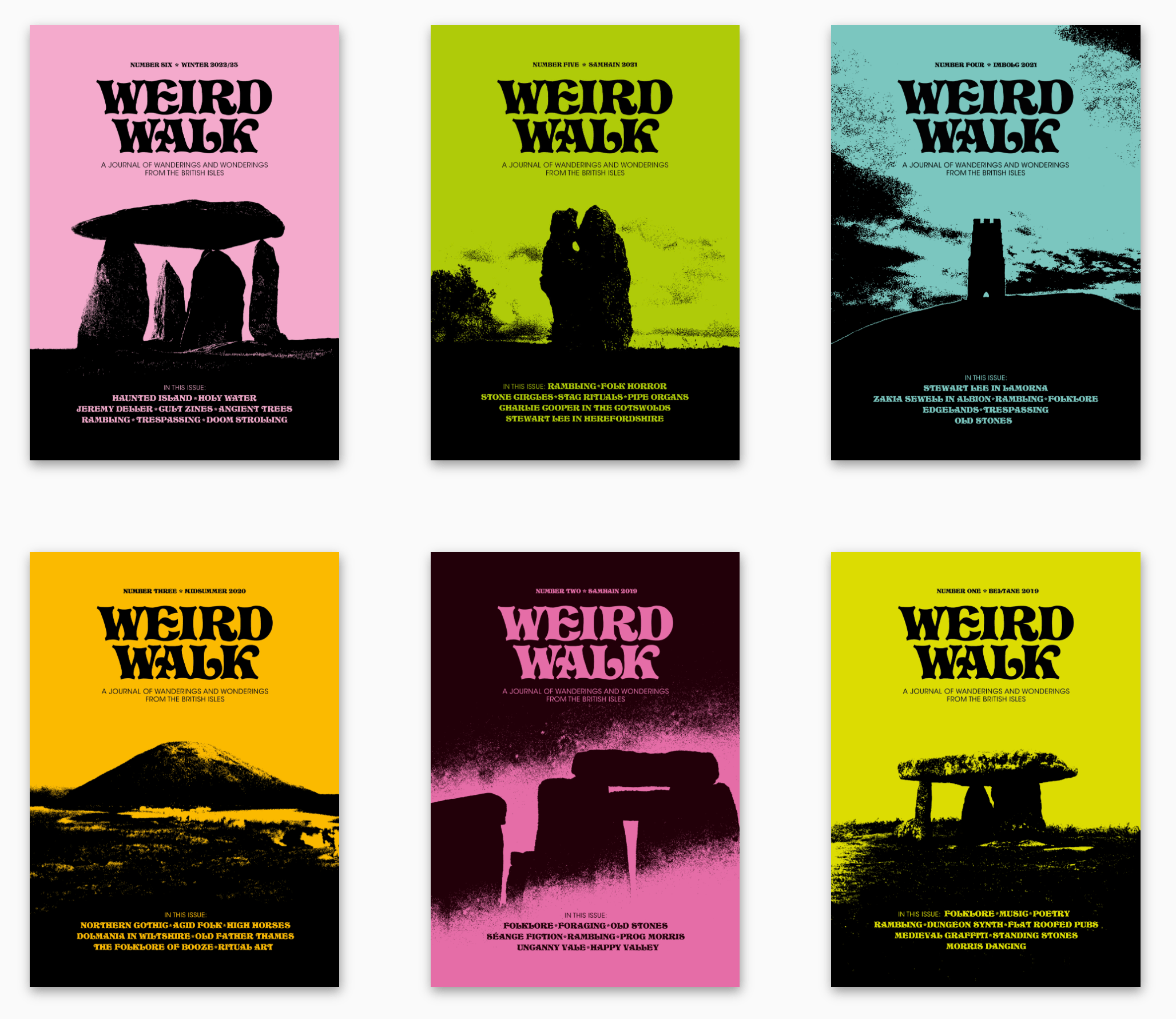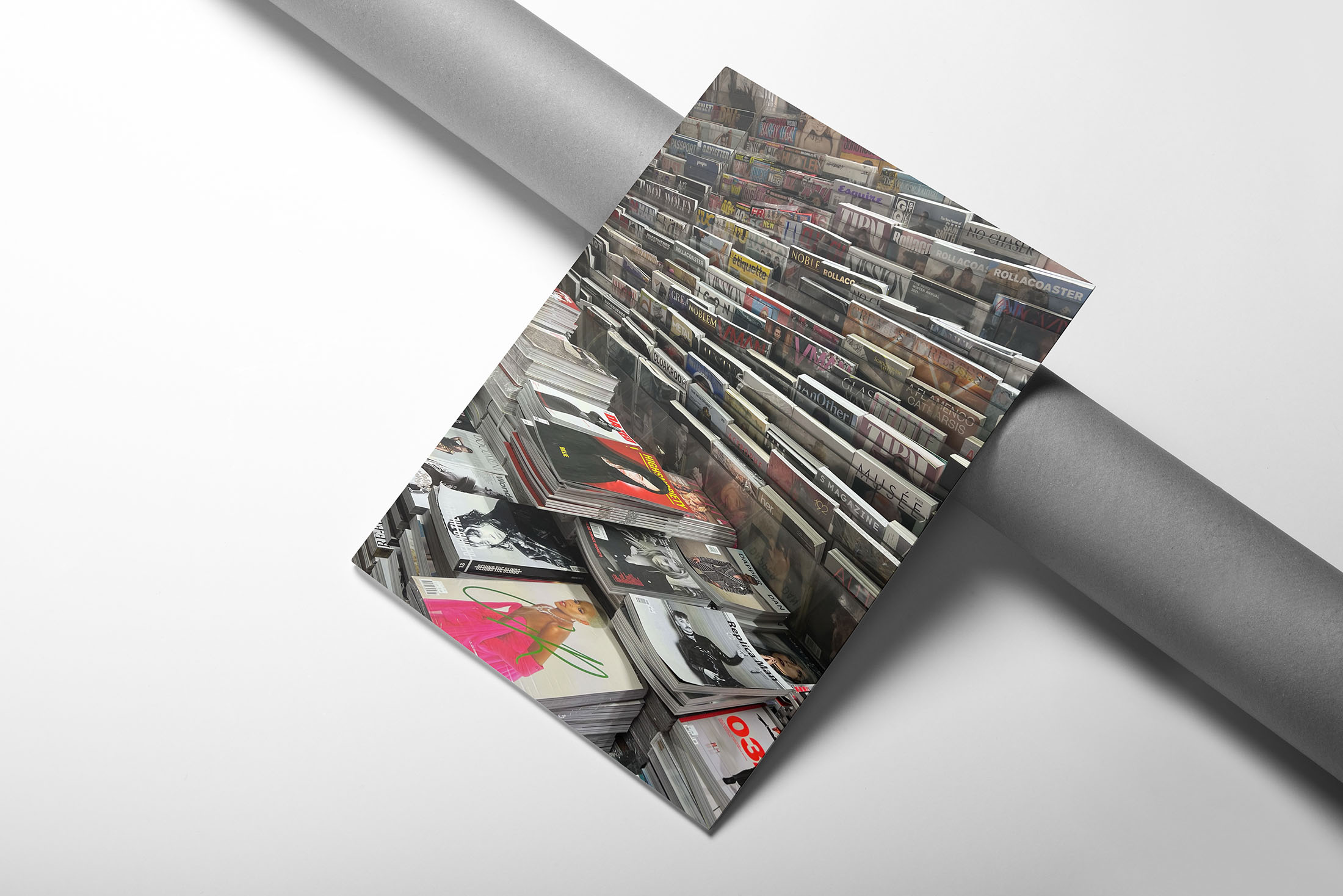Is this Actually a Golden Age for Print?
By Mark Hooper
Conventional wisdom has it that magazines have been on a downward trajectory since the turn of the 21st century, thanks to the twin forces of social media and falling ad revenue. But look a little closer and a different picture emerges: the bloated, self-satisfied publishing landscape of the 1990s has been transformed into something genuinely exciting again.
Back in 2017, the New York Times ran an editorial entitled ‘The Not-So- Glossy Future of Magazines’, off the back of legendary Vanity Fair editor Graydon Carter’s departure from Condé Nast. ‘Magazines have sputtered for years, their monopoly on readers and advertising erased by Facebook, Google and more nimble online competitors. But editors and executives said the abrupt churn in the senior leadership ranks signaled that the romance of the business was now yielding to financial realities,’ the piece ominously stated, noting how other high-profile departures – Cindy Lieve at Glamour, Nancy Gibbs at Time, and Robbie Myers at Elle – suggested the end was nigh.
Looking back, it did feel like the end of something. The luxury lifestyle niche of the magazine industry was in dire need of a reboot… which is exactly what it has experienced in recent years. Rather than sounding its death knell, adversity has encouraged a radical, independent spirit that has reinvigorated what once felt like a tired and bloated formula.
The same 2017 NYT article quoted David Carey, then Global President of Hearst Magazines (now Senior Vice President, Public Affairs and Communications for the Hearst Corporation) declaring how they needed to ‘embrace the future’. The implication was that this future would not include print. ‘Increasingly, the longtime core of the business– the print product – is an afterthought, overshadowed by investments in live events, podcasts, video, and partnerships with outside brands,’ the editorial surmised.
But this hasn’t proven to be the reality in the luxury space. Instead, print is proving its relevance at the heart of multi-channel campaigns. If that sounds a little daunting, it’s notable that independent titles (which have to run a tight ship out of necessity) have proven the most adept at this. Look at how Document Journal, Chaos, Odda, Self Service and more seamlessly integrate print with online strategy. Meanwhile, the UK’s independent stalwarts – The Face, i-D and Dazed Media – continue to inspire and reinvent, embracing digital and ‘always on’ social media culture.

There were hints of this happening even before the NYT delivered its withering verdict. Five years earlier, on Dec 31 2012, Newsweek had dramatically published what the coverline declared was its #LASTPRINTISSUE (the hashtag a deliberate nod to the source of their demise). But, as usual, the story behind the headlines was less clear-cut. After its acquisition by IBT Media, Newsweek went back into print on March 7, 2014. By 2017 (the year of the New York Times article), Newsweek’s website was recording 7 million unique monthly users – by 2020 the number had risen to 100 million (with weekly sales figures for the print edition around the 100,000 mark). In retrospect, a title that had been held up as the nadir of the #endofprint in fact pointed to its future.
There were hints of this happening even before the NYT delivered its withering verdict. Five years earlier, on Dec 31 2012, Newsweek had dramatically published what the coverline declared was its #LASTPRINTISSUE (the hashtag a deliberate nod to the source of their demise). But, as usual, the story behind the headlines was less clear-cut. After its acquisition by IBT Media, Newsweek went back into print on March 7, 2014. By 2017 (the year of the New York Times article),
It’s true that magazines don’t sell in the same numbers as they did in their end-of-the-millennium heyday. But in the new independent landscape, the print product is still at the core of editorial strategy. The best examples actually make a feature of the physical format, highlighting what online can’t achieve – a tactile, playful approach to design that adds a sense of collectability. The most exciting publications out there tend to hone in with laser-guided precision on super specialized content and subject matter.
From designer Luke Edward Hall’s eccentric, esoteric Chateau Orlando zine to the IDEA books empire, it’s clear that the most fashionable titles doesn’t have to focus solely on fashion, either. From a marketing viewpoint, it makes sense to think laterally – a glossy fashion bi-annual that everyone else advertises in but no-one talks about might seem like a safe bet for your ad spend, but if you want to position your brand where the zeitgeist is, consider the sort of magazines that sit on your target market’s coffee table.

Take Paperboy by David McKendrick, co-founder of design agency BAM (who have also provided art direction services for Esquire UK, Wallpaper*, Times LUXX and more). Designed to spread some much-need ‘good news’ post-lockdown, it features contributions from a slew of heavy-hitting fashion writers and faces; their only brief being to show the readership what makes them happy.
Cloakroom takes the interior magazine staple and injects it with wit, exploring ‘the friction between good taste and bad’ via an inspired choice of subjects. In terms of format, the ever-changing Unseen Projects from design studio c–ll–ct–v–ly studio is an intriguing take: a single subject mini zine, exploring a single subject’s work each issue (differing from Mono.kultur, which focused on individuals themselves).
Upstate Diary, meanwhile, is one of the few titles able to land an interview with the reclusive Helmut Lang, specifically because he knew the interview wouldn’t be about fashion. It’s take on how the aspirational lifestyles once reflected in glossies have now shifted to new, more peaceful, rural aspirations is a rich seam. In the UK, Hole & Corner did the same, building social media, events and experiences around a core print title (full disclosure: I was one of its founders).

Heading deeper down untrodden paths is Weird Walk, a willfully obscure fanzine-style celebration of rambling, mythology and standing stones that has garnered a fashionable audience (including rock star, comedian and actor contributors). The closest it comes to the fashion world are social media memes and a series of decals lampooning famous brand slogans.
What unites all these disparate titles is a sense of joy and passion around the subject matter. They are a reminder that ‘narrative’ and ‘content’ aren’t simply empty marketing terms. (Never have two words been used by so many people to mean so little!) Instead, they reveal how the best Editorial starts with the need to identify a story, and then seeks to tell it in a way that captures the imagination. Once they have done that, they can spin the thread out through social media and – yes – ‘live events, podcasts, video, and partnerships with outside brands’.
The New York Times was right – the future wasn’t with the glossies, it was with a far more interesting, forward-looking set of independent titles who had already worked out that print can still fascinate in a multimedia world.
Key Takeaways
- Adversity has encouraged an independent spirit
- Super-specialized subject matter allows for targeted ad models
- The best titles make a feature of physical formats
- Narrative and content aren’t empty phrases
